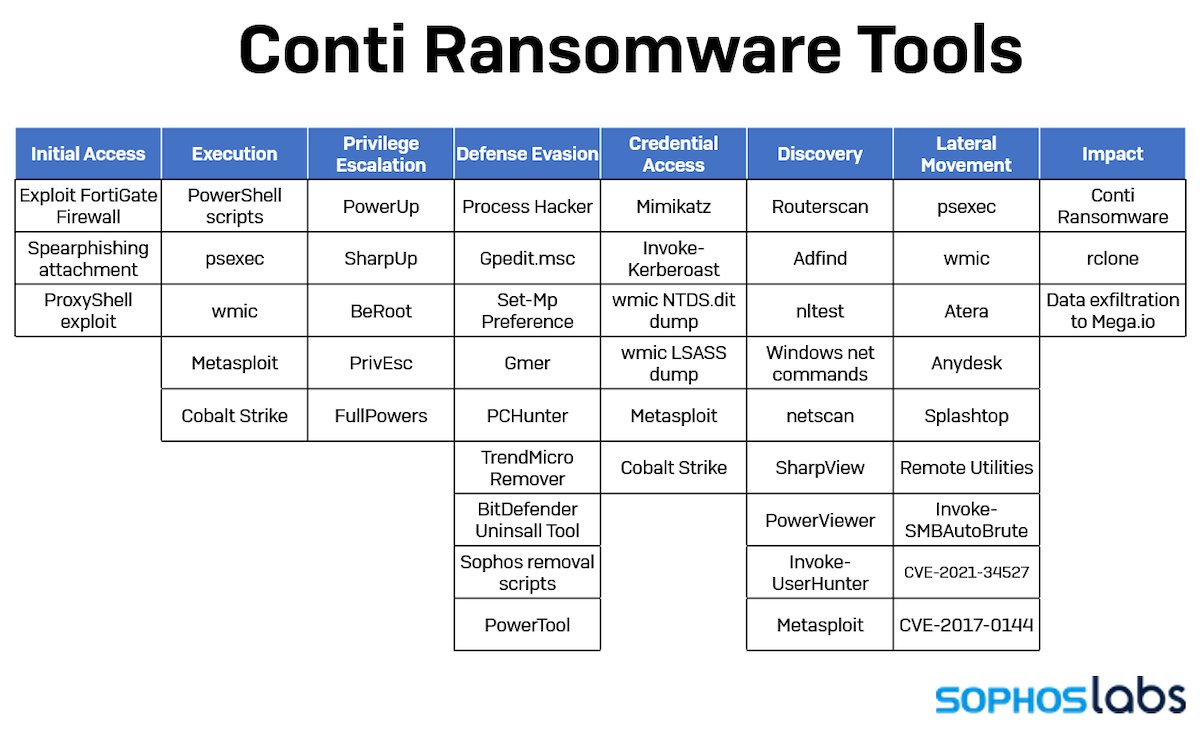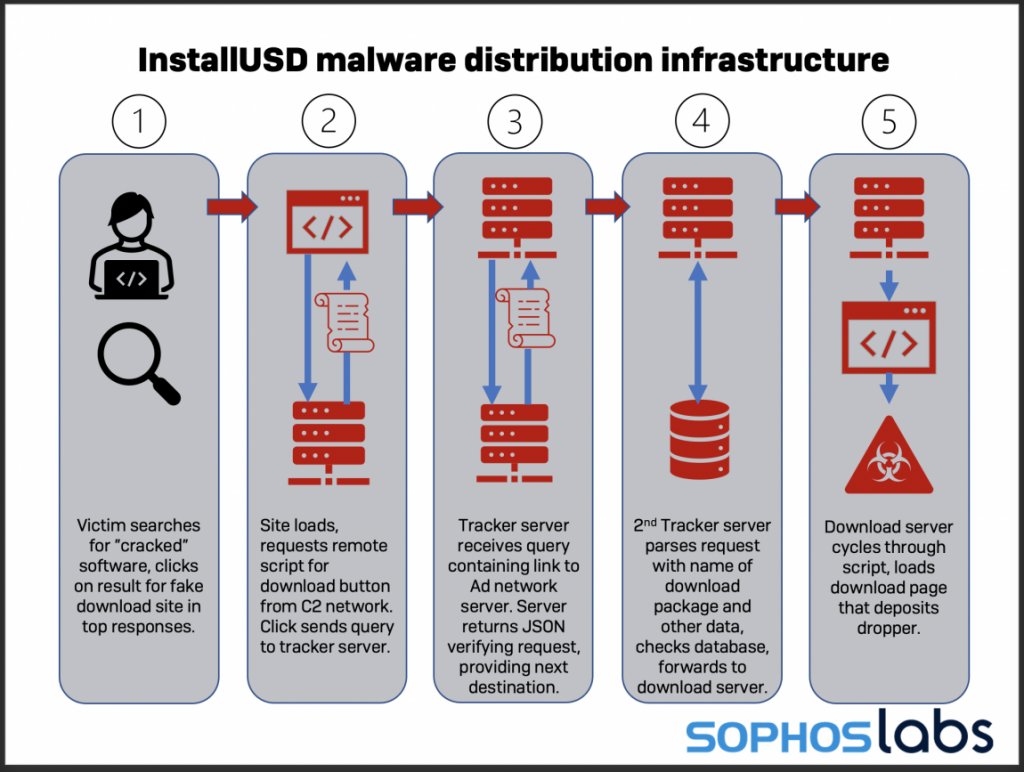
#PatchTuesday ICYMI
Microsoft wraps up 2021 with 64 patched vulnerabilities—including Windows 7 fixes...
1/11
Microsoft wraps up 2021 with 64 patched vulnerabilities—including Windows 7 fixes...
1/11

While Log4J may have cast a very long shadow over this month, Microsoft has released fixes for 64 more vulnerabilities in its software products, including 16 Chromium-based bugs in the Edge browser that were already patched in updates pushed since last month. 2/11
Some of the remaining fixes apply to versions of Windows stretching back to the end-of-life’d Windows 7...
There are 17 bugs being patched in Windows 7 this month, including three of this month’s seven critical vulnerabilities—all of which are remote code execution bugs. 3/11
There are 17 bugs being patched in Windows 7 this month, including three of this month’s seven critical vulnerabilities—all of which are remote code execution bugs. 3/11
Critical fixes
🔹 Bugs in Windows’ Remote Desktop Client (CVE-2021-43233) allow attackers to target systems running the Remote Desktop Protocol client software integrated into Windows operating systems to execute code on them. This is a network-based attack, leveraging RDP. 4/11
🔹 Bugs in Windows’ Remote Desktop Client (CVE-2021-43233) allow attackers to target systems running the Remote Desktop Protocol client software integrated into Windows operating systems to execute code on them. This is a network-based attack, leveraging RDP. 4/11
🔹 A vulnerability in Windows’ Encrypted File System (EFS) that also extends back to Windows 7 (CVE-2021-43217)—one that can be triggered regardless of whether or not EFS is in use on the targeted system. 5/11
🔹 Windows 7 Internet Storage Name Service server (CVE-2021-43215), the software component that manages connections on a storage area network over iSCSI. Attackers on a machine connected to the SAN could send a crafted request which could result in remote code execution. 6/11
🔹 Microsoft Office app from the Windows Store (CVE-2021-43905) and the Visual Studio Code code editing tool’s Windows Subsystem for Linux (WSL) extension (CVE-2021-43907). 7/11
🔹 A critical flaw in one of Microsoft’s newest products, Defender for IoT (CVE-2021-42310). This Azure-connected software captures data from IoT devices to detect potential vulnerabilities and security issues. 8/11
🔹 Microsoft’s 4K wireless display adapter (firmware-level vulnerability) requiring a download of an update app. An unauthenticated attacker on the same wireless network as the display could send specially crafted packets to a vulnerable device to execute arbitrary code. 9/11
@Sophos protection:
Below is a list of protection released in response to this advisory to complement any existing protection and generic exploit mitigation capabilities in our products. Additional protection signatures may be released after this article is published. 10/11
Below is a list of protection released in response to this advisory to complement any existing protection and generic exploit mitigation capabilities in our products. Additional protection signatures may be released after this article is published. 10/11

See all the details and other bugs of note from @thepacketrat...
news.sophos.com/en-us/2021/12/…
11/11
news.sophos.com/en-us/2021/12/…
11/11

• • •
Missing some Tweet in this thread? You can try to
force a refresh














